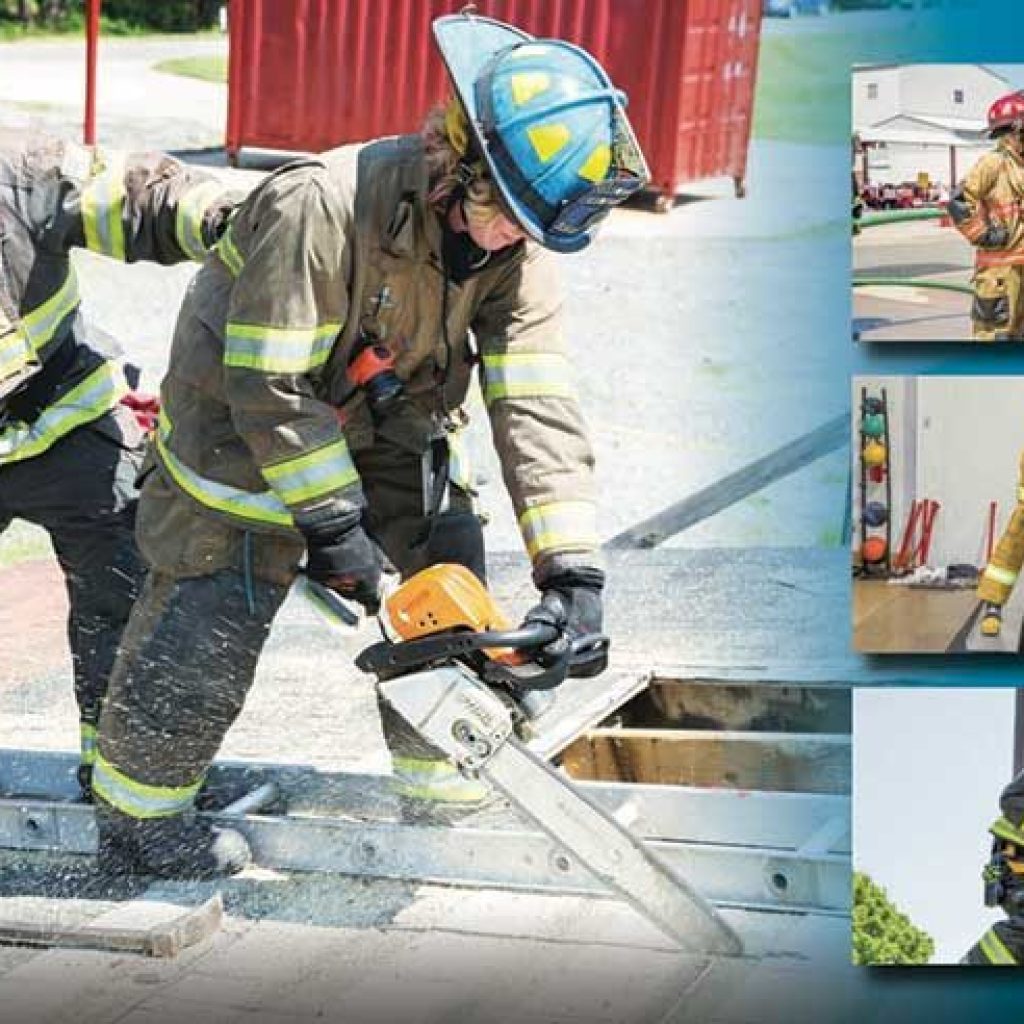‘Emerging Health and Safety Issues Among Women in the Fire Service’: USFA releases report | 2019-05-29 | Safety+Health Magazine
Emmitsburg, MD — The U.S. Fire Administration recently published a report that addresses safety and health issues facing women in the fire and emergency medical services and offers recommendations.
Developed in conjunction with Women in Fire (formerly the International Association of Women in Fire and Emergency Services), Emerging Health and Safety Issues Among Women in the Fire Service explores initiatives intended to promote safety and health while reducing fatalities and injuries among on-duty women firefighters and emergency responders.
Women firefighters are 1.8 times more likely to sustain a workplace injury or illness, the report states, citing 2013 data from the Bureau of Labor Statistics. It also points to National Fire Protection Association data stating that “overexertion or strain” was the most common cause of injury among women firefighters between 2010 and 2014, followed by “exposure to hazard.”
The report features information on managing a lack of female-specific personal protective equipment, injuries and fatalities tied to roadway incidents and emergency vehicle operation, physical challenges, heart health, and psychological strain, among other topics.
According to NFPA, women comprised 7.3% of the U.S. fire service in 2015, accounting for nearly 13,000 career firefighting positions and more than 72,000 volunteer roles. That percentage is notably larger than in 1993, the report states, when USFA published a handbook for women in firefighting before issuing various recommendations during a symposium the next year.
However, USFA contends that numerous issues remain unsettled. Of the symposium recommendations, “many are just now starting to be investigated or resolved, and others have yet to be initiated or instituted,” the report states. Overall, these include:
“Evidence on health and safety issues among women firefighters has only recently been a focus of study, and the results are trickling in,” the guide states. “Further research involving larger samples of women in the fire service are needed in order to generalize results to women firefighters.”
This content was originally published here.

